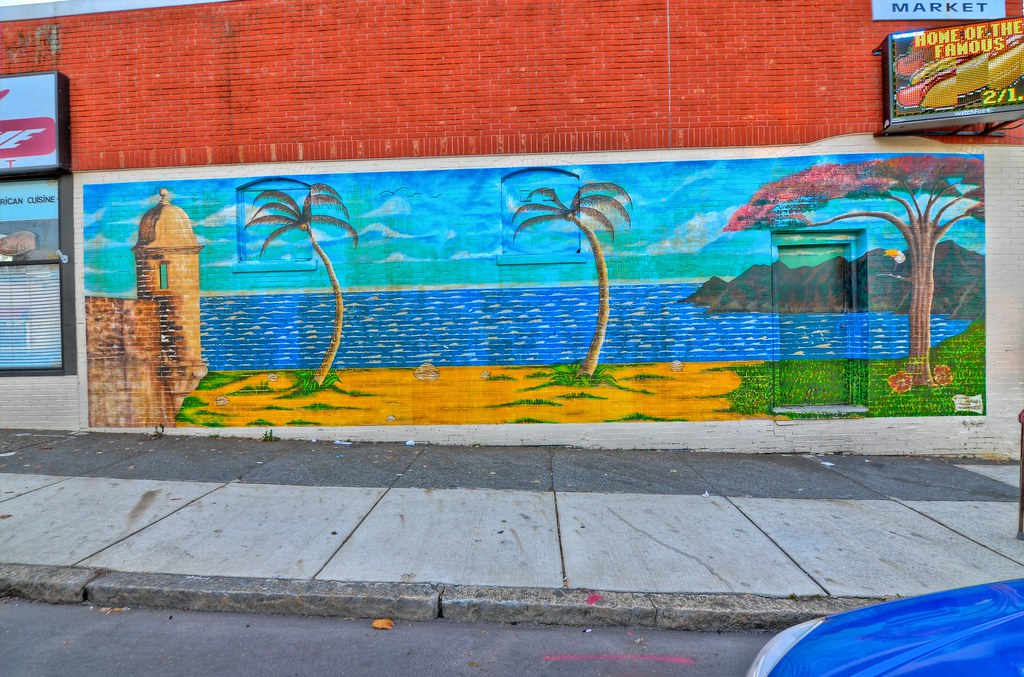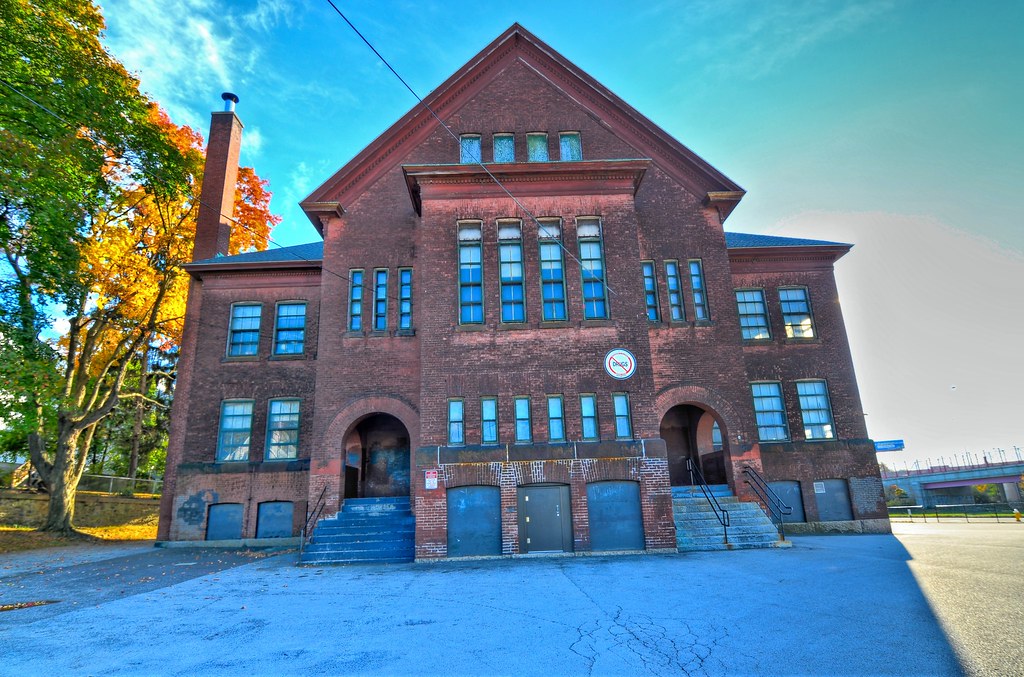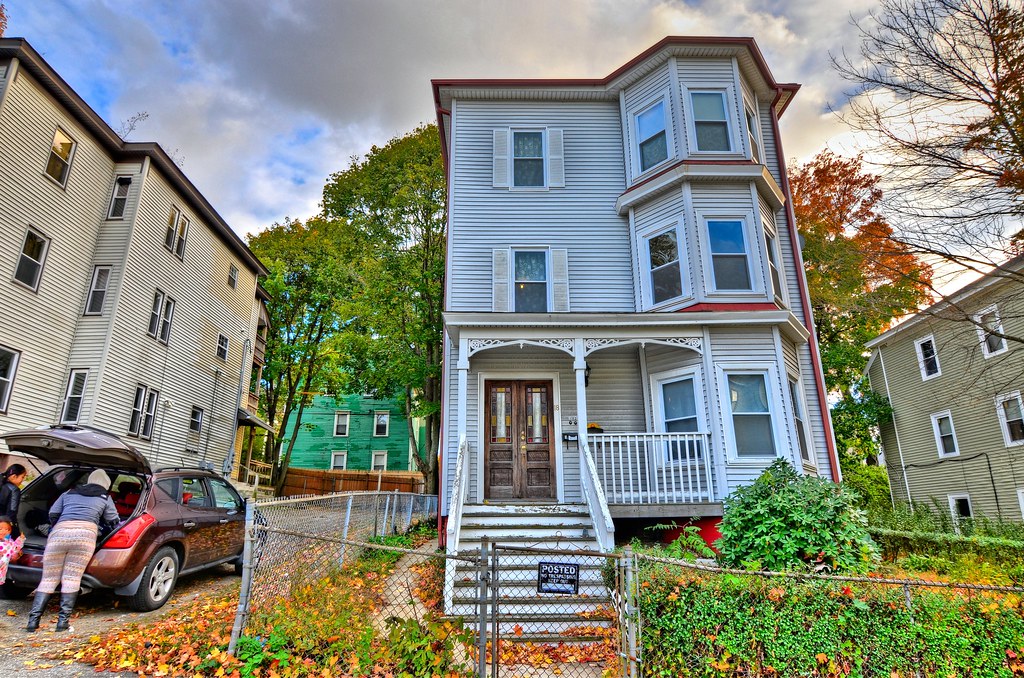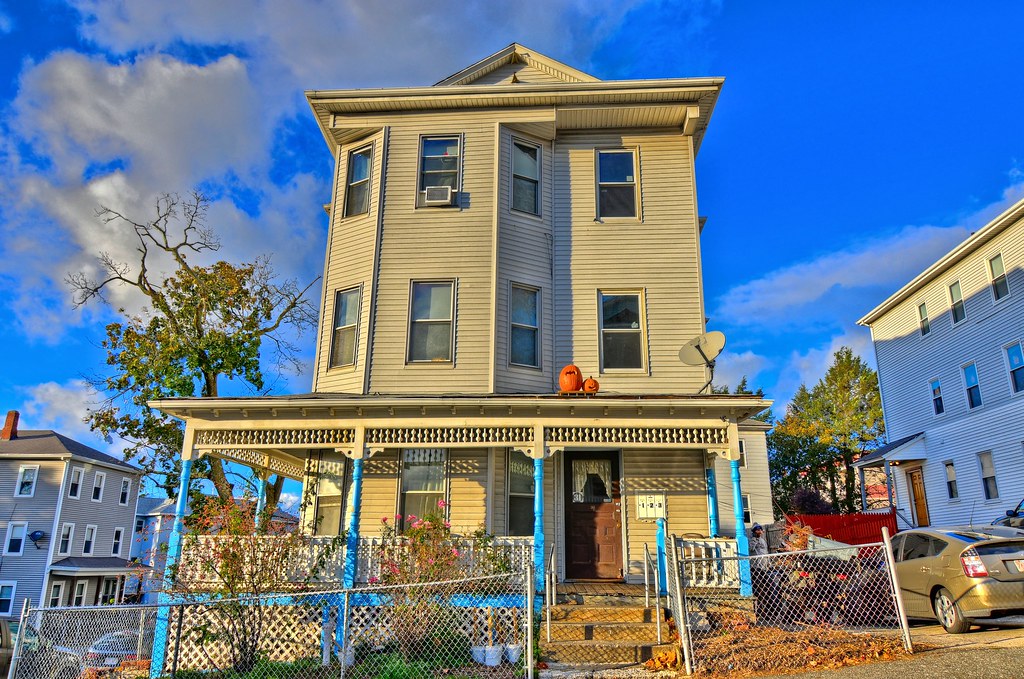Having left around 8am with just coffee we stopped in Sandy Hook, Newtowne, CT for a pitstop and found the Sandy Hook Diner.

Right inside the door was this guy having coffee.
The menu featured Homemade Hash. You can see the edge of MeAsWe's French Toast.

Breakfast and lunch done with we hit our first stop, The African - American Cemetery in Montgomery, NY. This cemetery has about 100 internments believed to be made up of African slaves brought here by the earliest settlers of the region.



In Middletown NY we picked up some more historic sites. Church was established in 1785. This church was the third on this location, built in 1872.

Also on the Register is the Paramount Theater, Art Deco in style, built in 1930.

Last stop in Middletown was the Webb Horton Mansion. Webb made his fortune in the tanning business and oil. At the age of 76 he began construction on this house. It was completed in 1906 at a cost of a million dollars. Webb died before he could spend a single night in the house. It is now the administrative offices for SUNY Orange.
In Lords Valley we stopped briefty to pick up this house on the register.

We finally had crossed RT 6 our main road to traverse PA. Had a couple stops along the way. In Hawley it took a while to figure out how to get to this place, but we did. The Connor J.S. American Rich Cut Glassware Factory was built in 1890 converted to a silk throwing mill in 1926 and then a hotel in 1988.


Stopped briefly in Carbondale to pick up the city hall


At this point I realized we were not going to cross PA along RT 6 in the sunlight. There was one spot that I wanted to see again, having stopped here in 2006. The Tnkhannock Viaduct was completed in 1915 and was the largest concrete structure in the world.


With the sun going to disappear in the next 30 minutes or so, eliminating any nice visuals I opted to head north back into New York for Rt 17/I-86. When planning this trip there did not seem to be an abundance of the motels on the web. Binghamton was too close, so we headed for Jamestown NY. We hit snow along the way and some points it was near white out situations. Not alot of accumulation, but enough to slow down to the 50's. The next morning we awoke to the first snow of the season, yuck.

What I didn't know when we decided on Jamestown, Lucy (Lucille Ball) was born here and there was a museum.

Since we headed off route yesterday, there was one place I wanted to visit before we got to Ohio. The Drake Oil Well, located in Titusville PA, was the birthplace of the oil driling industry in the US. It is a National Historic Landmark, Historic Mechanical Engineering Landmark, and a National Historic Chemical Landmark.

Last stop before heading into Geneva, OH for the night was Joshua Reed Gibbings law office. A National Historic Landmark, Gibbings was a die hard abolishinist and a member of the US House of Representatives. He was so opposed to slavery, that he advocated violence against slave owners. He became one of the founding members to the Republican Party. Thats the history. When we came into Jefferson OH I had the law office right where a McDonalds was. We drove around a bit looking for the place and finally decided to grab a bit to eat. I headed for the mens room before ordering. The wall paper just outside the rest room had the National Historic Landmark plaque in the paper. WOW. This must have been custom wall paper, more of a large photo. Apparently the law office was moved so that McDonalds could be built here. One of the local folks gave us directions and we must have passed the building 2 or 3 times before we spotted it.

Grabbed a couple of pictures and headed for Geneva. This was the end of day 2.
Up bright and early to head into Cleveland to enjoy the Rock and Roll Hall of Fame. This was the purpose of the trip. Harold, my best friend in college, best man at one of my weddings and all around great guy was going with us. More snow last night was no problem, however the Browns were playing at home so parking became was filling up fast, but we still managed a spot right next to the museum.

While not a long walk, with my ankle the way it is, a short walk feels like a long one. We paid the admission, I took my first picture and the battery started flashing red. I had committed the one of the 8 deadly sins of photography. The spare battery was in the car. Really ???
Janis Joplin Porche

Pink Floyd The Wall

We spent about 5 hours at the museum and I really enjoyed looking at all the guitars, reading some of the information, scanning the old contracts for concerts and stuff like that. The did have a special section for the electric guitar featuring the Les Paul. Harold had me take pictures of one in particular especially close ups of the height of the strings off the pickups. He restores guitars and was looking for some guidance on how high the strings were set off from the first pickup. He guessed this particular model was worth around $250,000 being a 1959 Les Paul and that pricing doesn't include the Who owned it markup. This paricular one is owned by Garry Rossington of Lynyrd Skynyrd and on display in Cleveland.
We left the museum around 3pm, well ahead of the Browns fans. One last pic of a National Historic Landmark and our trip was complete, except getting back home.






































